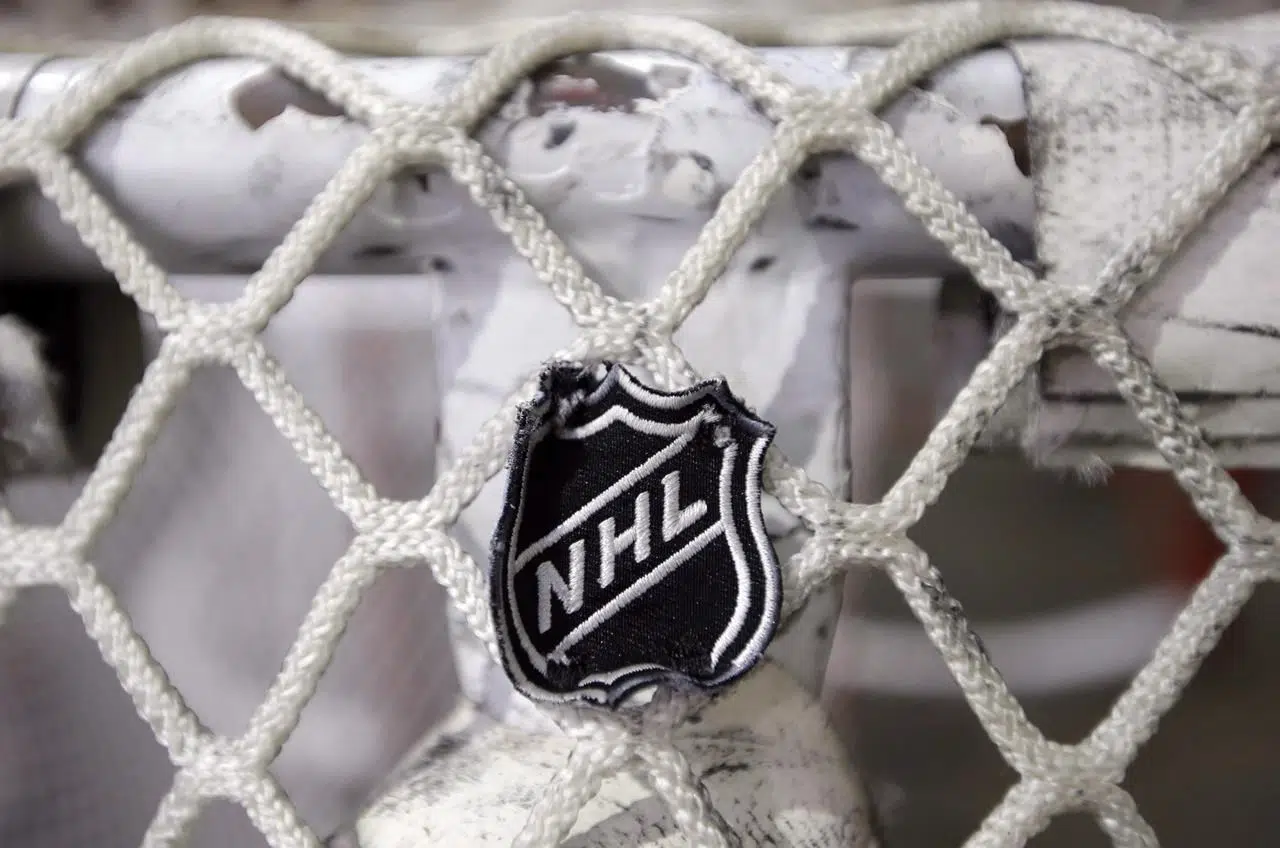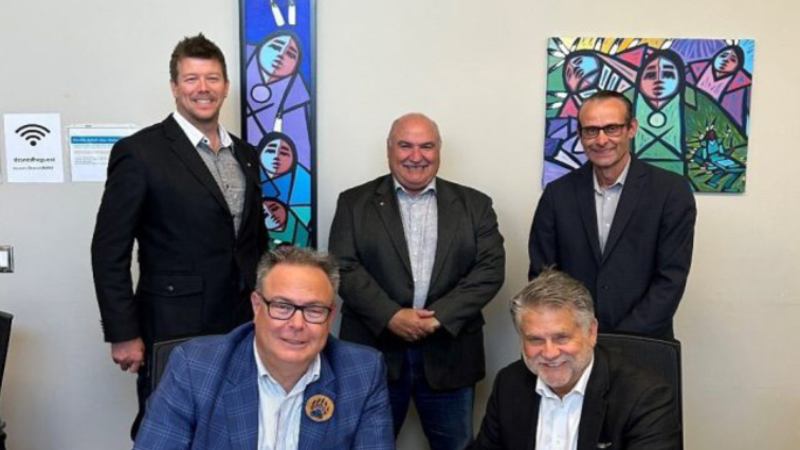
NHL GMs discuss goalie interference rule on first day of meetings
BOCA RATON, Fla. — Much like the varying opinions that bubble to the surface after controversial goalie interference rulings, there’s a divide among NHL general managers about how to move forward on the contentious issue.
The league’s 31 GMs spent the entire first session of their three days of meetings tackling goalie interference, with some seeking clarity and others wondering about the decision process altogether.
While it’s unclear what will come out of the gathering that wraps up Wednesday, it seems as though a declaration is coming down the pipe with the playoffs just over three weeks away.
“I think something positive will certainly come out of it,” Toronto Maple Leafs GM Lou Lamoriello said after Monday’s meeting broke. “We also have to be really careful in dwelling on that something is majorly wrong.”


